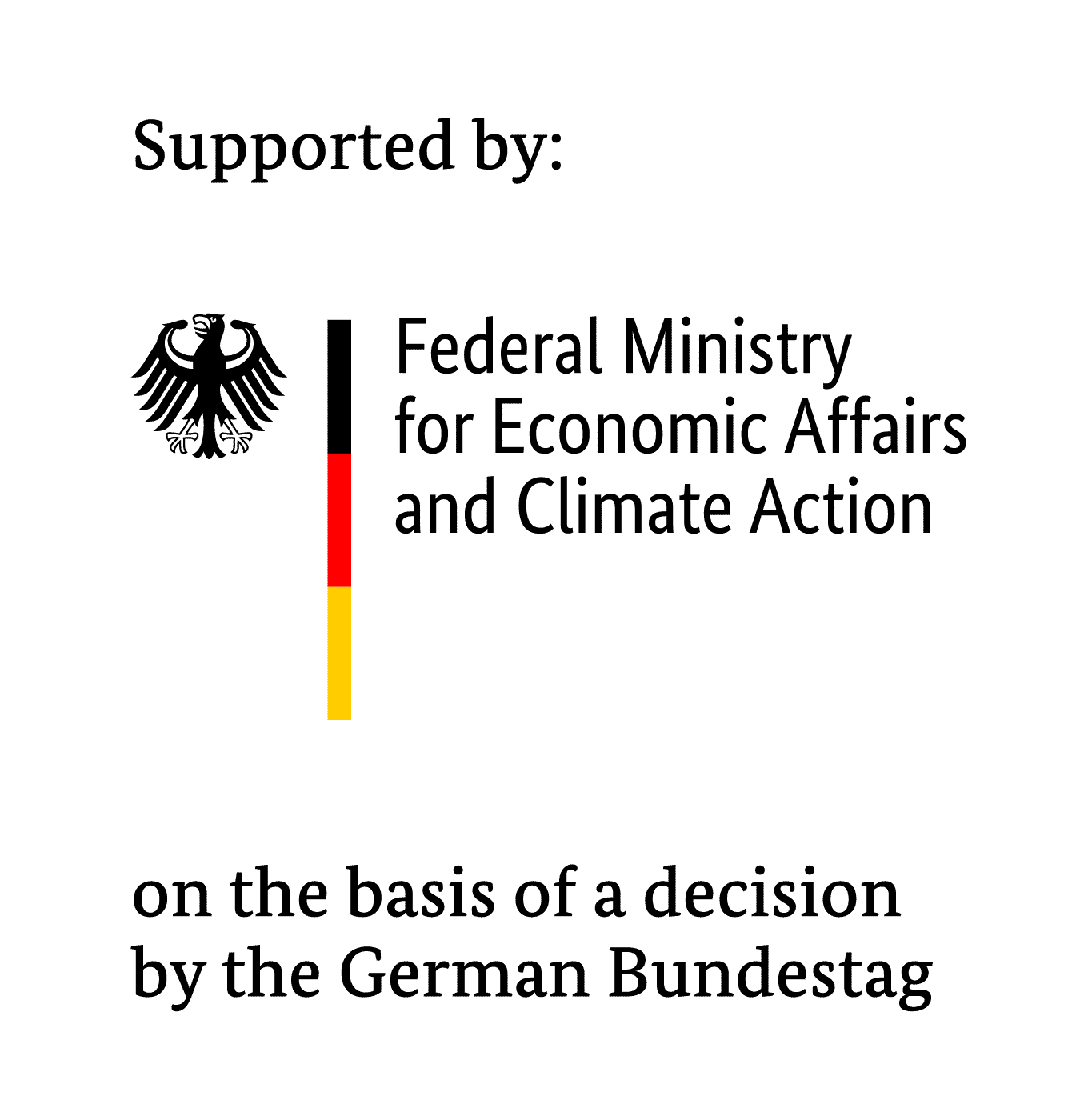Projectname:
Gas permeation barrier layers on the inner side of food packages by atmospheric pressure plasma
Workgroup: Preservation of food quality
Scientific Partners and Guidance:
IGF: 18562 BG
Financing: BMWi
Duration: 2015 – 2017
There are a lot of foods needing packaging solutions with defined barrier properties to prevent penetration of oxygen, carbon dioxide, and water vapour. To produce PET bottles suitable for sensitive drinks, e.g. juice and beer, it is necessary to improve their barrier properties with regard to gas permeation. The permeation especially of oxygen and carbon dioxide through the bottle walls has to be reduced. Currently such drinks are filled in bottles whose barrier properties are maintained by composite layers, blends or low-pressure plasma deposited films. These technologies cause, however, high bottle prices.
The aim of this project is to develop transparent gas permeation barrier layers at the inner side of food packages (e.g. bottles) using atmospheric pressure plasma. A reduction of the oxygen and carbon dioxide permeability to < 1 cm3/m2×d×bar at 23 °C and 50 % rel. humidity is sought for. To reach this goal, the process parameters of the atmospheric pressure treatment by a nozzle system have to be adapted and optimized. Beginning with planar specimens (e.g. PET, PE, PP), the procedure is then transferred to the inner side of the 3D-shaped parts (cylinders, bottles). Other possible applications are bowls, which are often made of polyolefines. Eventually the plasma coating process has to be customized for industrial use (coating velocity, multiple coatings).

The IGF project presented here by the Research Association of the Industrial Association for Food Technology and Packaging (IVLV e.V.) is funded by the Federal Ministry for Economic Affairs and Climate Action as part of the program for the promotion of industrial community research (IGF) based on a decision of the German Bundestag.